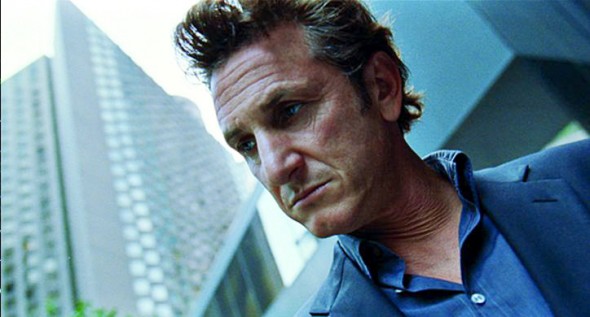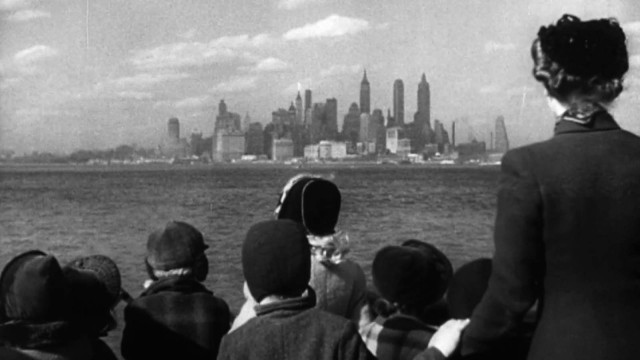
Documentary reveals little-known U.S. propaganda efforts during WWII to show rest of world the American way of life
FILM @ THE JCC: PROJECTIONS OF AMERICA (Peter Miller, 2015)
JCC in Manhattan
334 Amsterdam Ave. at 76th St.
Tuesday, March 29, $12, 7:30
646-505-4444
www.jccmanhattan.org
 After screening in January at the twenty-fifth annual New York Jewish Film Festival, Projections of America will be shown on March 29 as part of the JCC in Manhattan series “CineMatters: Films at the JCC,” which focuses on works that deal with social justice and action. In Projections of America, director Peter Miller takes a revealing look at a little-known part of the U.S. propaganda effort during WWII, detailing how the U.S. Office of War Information used specially made short documentary films to show the rest of the world the positive aspects of the American way of life, particularly as U.S. soldiers helped liberate many cities and countries in Eastern and Western Europe. “The films were idealized versions of what America could be, created by politically engaged filmmakers who, while fighting tyranny abroad, wanted also to fundamentally change America itself,” narrator John Lithgow explains. At the center of it all was Oscar-winning screenwriter Robert Riskin, who had written eight Frank Capra films, including It Happened One Night, Mr. Deeds Goes to Town, and Meet John Doe. Riskin, fellow scribe and chief of production Philip Dunne (How Green Was My Valley, The Ghost and Mrs. Muir), and Pulitzer Prize-winning playwright, screenwriter, and FDR speech writer Robert E. Sherwood (The Petrified Forest, Abe Lincoln in Illinois) enlisted such directors and producers as John Houseman and Josef von Sternberg and such stars as Ingrid Bergman in making such short propaganda films as Swedes in America, Cowboys, Steel Town, The Valley of the Tennessee, and Watchtower over America, which people flocked to in Europe, North Africa, and even Germany. “It all came together as the greatest collection of filmmakers working toward one common goal that we will ever see,” notes film historian Cecile Starr.
After screening in January at the twenty-fifth annual New York Jewish Film Festival, Projections of America will be shown on March 29 as part of the JCC in Manhattan series “CineMatters: Films at the JCC,” which focuses on works that deal with social justice and action. In Projections of America, director Peter Miller takes a revealing look at a little-known part of the U.S. propaganda effort during WWII, detailing how the U.S. Office of War Information used specially made short documentary films to show the rest of the world the positive aspects of the American way of life, particularly as U.S. soldiers helped liberate many cities and countries in Eastern and Western Europe. “The films were idealized versions of what America could be, created by politically engaged filmmakers who, while fighting tyranny abroad, wanted also to fundamentally change America itself,” narrator John Lithgow explains. At the center of it all was Oscar-winning screenwriter Robert Riskin, who had written eight Frank Capra films, including It Happened One Night, Mr. Deeds Goes to Town, and Meet John Doe. Riskin, fellow scribe and chief of production Philip Dunne (How Green Was My Valley, The Ghost and Mrs. Muir), and Pulitzer Prize-winning playwright, screenwriter, and FDR speech writer Robert E. Sherwood (The Petrified Forest, Abe Lincoln in Illinois) enlisted such directors and producers as John Houseman and Josef von Sternberg and such stars as Ingrid Bergman in making such short propaganda films as Swedes in America, Cowboys, Steel Town, The Valley of the Tennessee, and Watchtower over America, which people flocked to in Europe, North Africa, and even Germany. “It all came together as the greatest collection of filmmakers working toward one common goal that we will ever see,” notes film historian Cecile Starr.
Miller also interviews historians Ian Scott, Marja Roholl, and Stéphane Lamache, film critic Kenneth Turan, screenwriter David Rintels, and assistant film editor Aram Boyajian in addition to Normandy residents Michel Ollivier and Margit Cohn Siebner, Cummington resident Bill Streeter, French Resistance fighter Paul Le Goupil, Berlin resident Klaus Riemer, and German projectionist Heinz Meder. “We wanted to know: How did the Americans live?” Riemer remembers. In addition, Miller speaks with Riskin’s daughters Victoria and Susan and son Robert Jr., who talk about their father and mother, King Kong actress Fay Wray, with cherished memories. Projections of America is not only about the power of the movies but is also very much a love story between Riskin, a Jewish American from the Lower East Side, and the Canadian-born Wray, who appeared in some one hundred Hollywood films. Projections of America features telling clips from many of these thought-to-be-lost shorts, including Arturo Toscanini, which was made to combat the evils of Fascism with footage of the great Italian conductor working in the West; The Cummington Story, about a small town that suddenly gets an influx of war refugees; and The Autobiography of a “Jeep,” an extremely popular nine-minute short that anthropomorphizes the military vehicle. “CineMatters” continues April 5 with Nitzan Gilady’s Wedding Doll (followed by a Q&A with the director and lead actress), April 6 with Marcie Begleiter’s Eva Hesse, April 12 with Abigail Disney’s The Armor of Light (followed by a Q&A with Disney), and April 27 with John Goldschmidt’s Dough (followed by a Q&A).
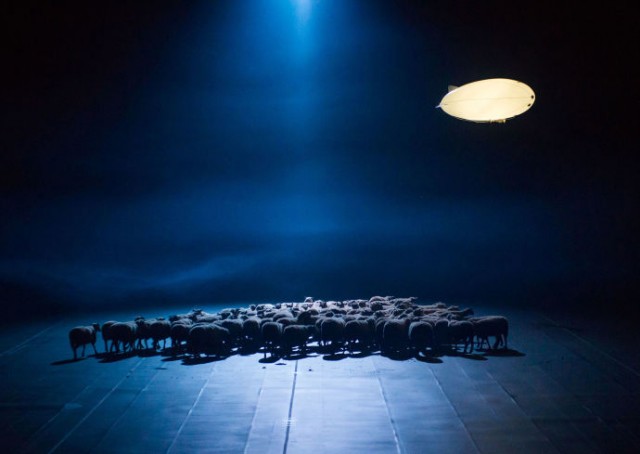
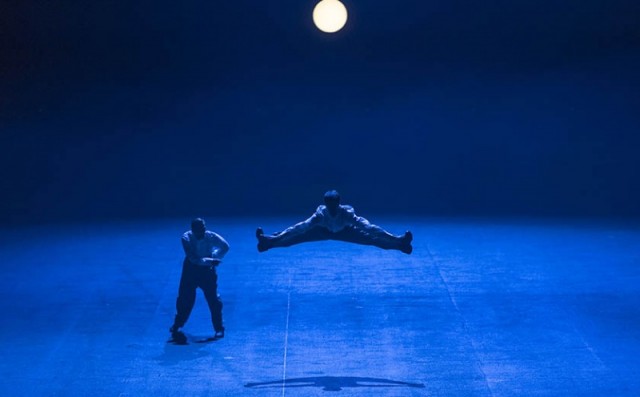
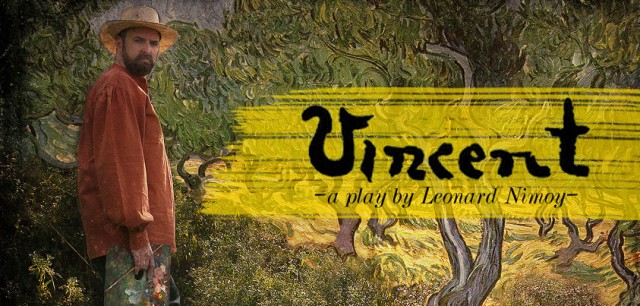
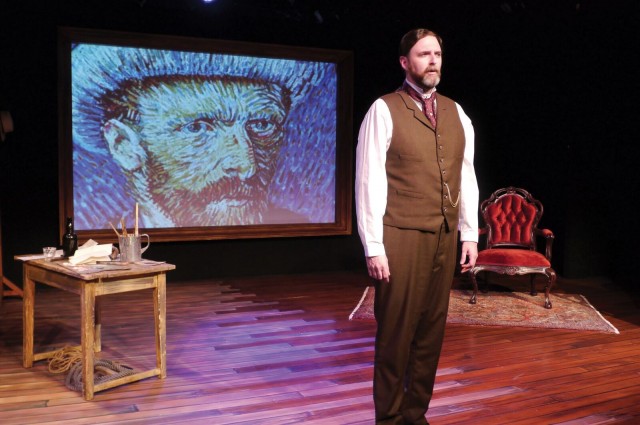
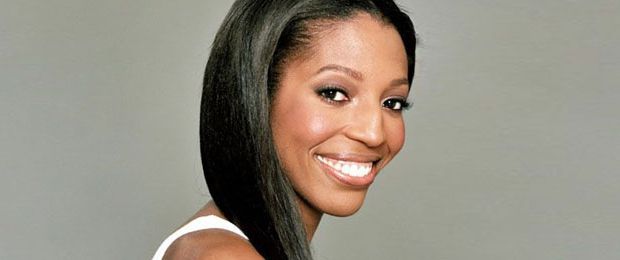
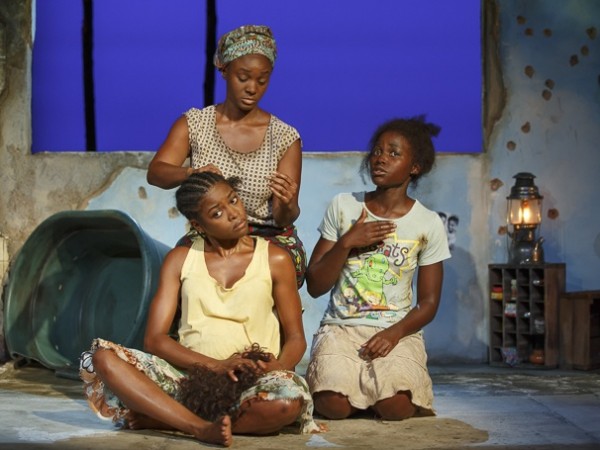
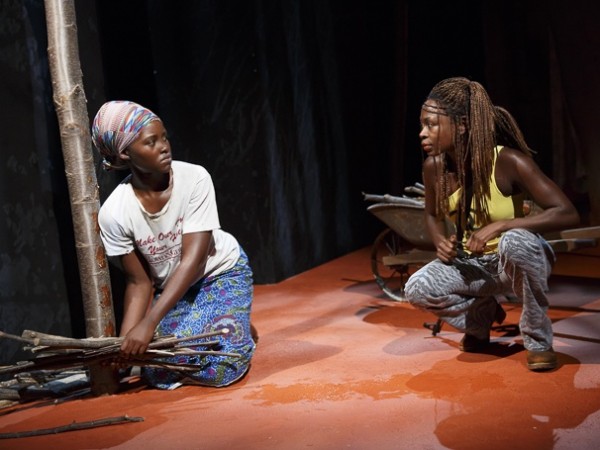

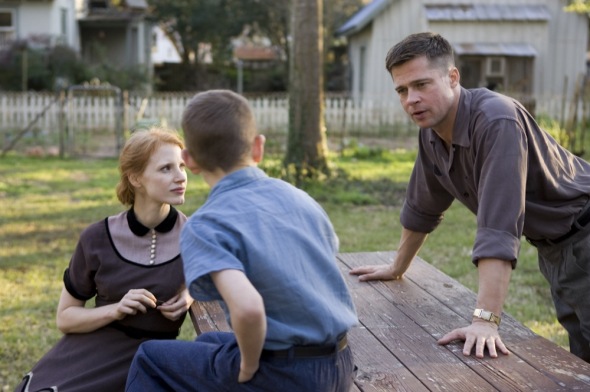
 As of 2005, iconoclastic writer-director Terrence Malick had made only five feature films in his forty-plus-year career, but his 2011 effort, The Tree of Life, is his very best. Following Badlands (1973), Days of Heaven (1978), The Thin Red Line (1998), and The New World (2005), The Tree of Life is an epic masterpiece of massive proportions, a stirring visual journey into the beginning of the universe, the end of the world, and beyond. The unconventional nonlinear narrative essentially tells the story of a middle-class Texas family having a difficult time coming to grips with the death of one of their sons in the military. Malick cuts between long flashbacks of Mr. and Mrs. O’Brien (Brad Pitt and Jessica Chastain) in the 1950s and 1960s, as they meet, marry, and raise their three boys, to the present, when Jack (Sean Penn), their eldest, now a successful architect, is still searching for answers. The sets by production designer Jack Fisk transport viewers from midcentury suburbia to the modern-day big city and a heavenly beach, all gorgeously shot by cinematographer Emmanuel Lubezki. Every frame is so beautiful, it’s as if they filmed the movie only at sunrise and sunset, the Golden Hour, when the light is at its most pure. The Tree of Life is about God and not God, about faith and belief, about evolution and creationism, about religion and the scientific world. The film opens with a quote from the Book of Job: “Where were you when I laid the earth’s foundation . . . while the morning stars sang together and all the sons of God shouted for joy?” Early on Mrs. O’Brien says in voice-over, “The nuns taught us there are two ways through life: The way of nature, and the way of grace. You have to choose which one to follow.” Malick doesn’t get caught up in those questions, instead focusing on the miracles of life and death and everything in between.
As of 2005, iconoclastic writer-director Terrence Malick had made only five feature films in his forty-plus-year career, but his 2011 effort, The Tree of Life, is his very best. Following Badlands (1973), Days of Heaven (1978), The Thin Red Line (1998), and The New World (2005), The Tree of Life is an epic masterpiece of massive proportions, a stirring visual journey into the beginning of the universe, the end of the world, and beyond. The unconventional nonlinear narrative essentially tells the story of a middle-class Texas family having a difficult time coming to grips with the death of one of their sons in the military. Malick cuts between long flashbacks of Mr. and Mrs. O’Brien (Brad Pitt and Jessica Chastain) in the 1950s and 1960s, as they meet, marry, and raise their three boys, to the present, when Jack (Sean Penn), their eldest, now a successful architect, is still searching for answers. The sets by production designer Jack Fisk transport viewers from midcentury suburbia to the modern-day big city and a heavenly beach, all gorgeously shot by cinematographer Emmanuel Lubezki. Every frame is so beautiful, it’s as if they filmed the movie only at sunrise and sunset, the Golden Hour, when the light is at its most pure. The Tree of Life is about God and not God, about faith and belief, about evolution and creationism, about religion and the scientific world. The film opens with a quote from the Book of Job: “Where were you when I laid the earth’s foundation . . . while the morning stars sang together and all the sons of God shouted for joy?” Early on Mrs. O’Brien says in voice-over, “The nuns taught us there are two ways through life: The way of nature, and the way of grace. You have to choose which one to follow.” Malick doesn’t get caught up in those questions, instead focusing on the miracles of life and death and everything in between.